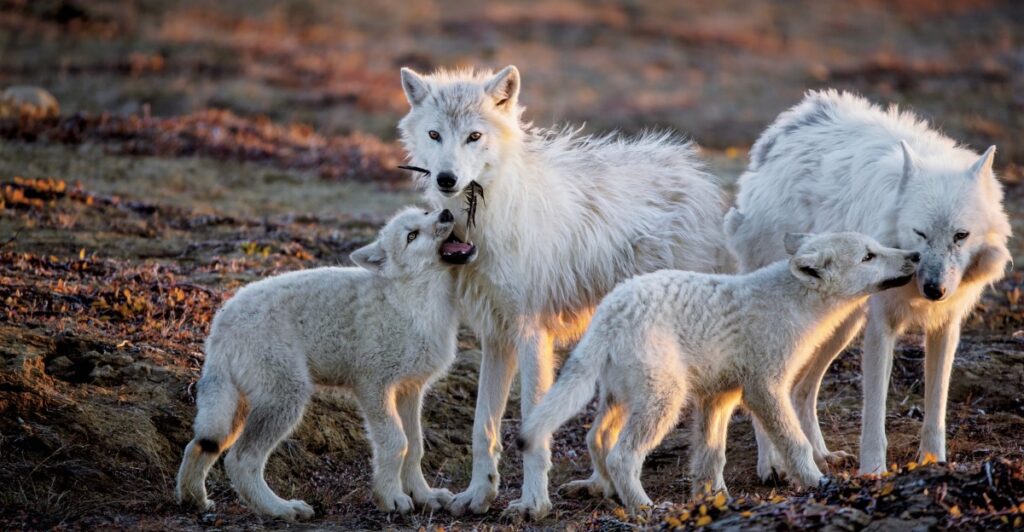
Wolves play an important part in ecosystems and keep them healthy, but many species are in serious trouble. Habitat loss, hunting, and climate change have pushed several types of wolves toward extinction. Here are some of the most endangered wolves worldwide.
Mexican Gray Wolf

The Mexican gray wolf is one of the rarest wolves, with fewer than 200 living in the wild. Found in the southwestern U.S. and northern Mexico, they face threats like illegal hunting and habitat destruction. Conservation programs are helping, but they remain critically endangered.
Ethiopian Wolf

The Ethiopian wolf another one of the rarest wolf species in the world. Living in the highlands of Ethiopia, fewer than 500 remain. Habitat loss due to farming and diseases from domestic dogs are major challenges. Efforts to vaccinate local dogs and protect habitats are ongoing.
Red Wolf

Native to the southeastern U.S., the red wolf once roamed widely but now survives in small numbers in North Carolina. With fewer than 20 in the wild, they face threats like habitat loss and hybridization with coyotes. Captive breeding programs aim to bring them back.
Indian Gray Wolf

Found in India and Pakistan, the Indian gray wolf is smaller and leaner than other wolves. With only a few thousand left, they are vulnerable to habitat loss and human conflict. Many rural communities view them as pests, making coexistence a key challenge for their survival.
Himalayan Wolf
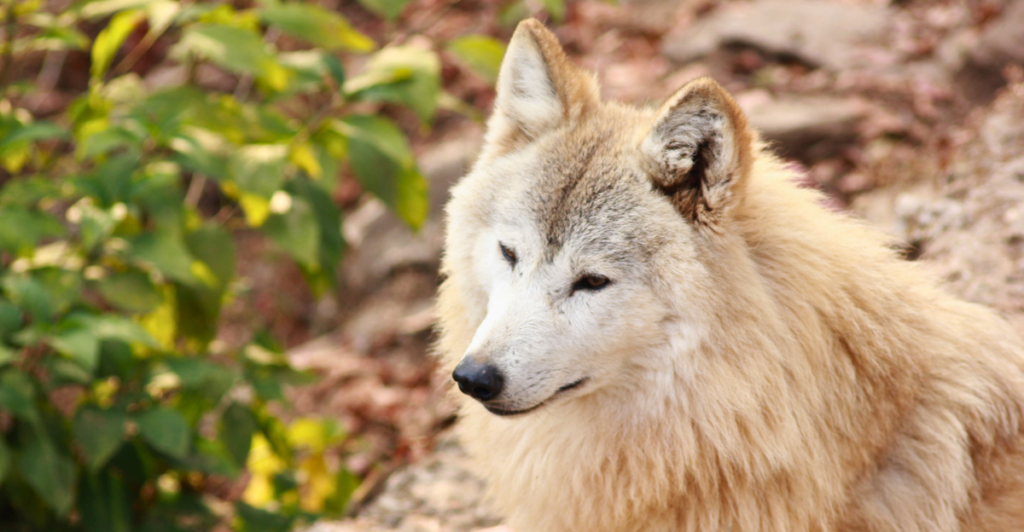
The Himalayan wolf lives in the mountains of Nepal, India, and Tibet. This unique wolf has a thick coat to survive cold climates, but fewer than 350 are left due to habitat destruction and a lack of prey. Its classification as a separate species may help conservation.
Maned Wolf
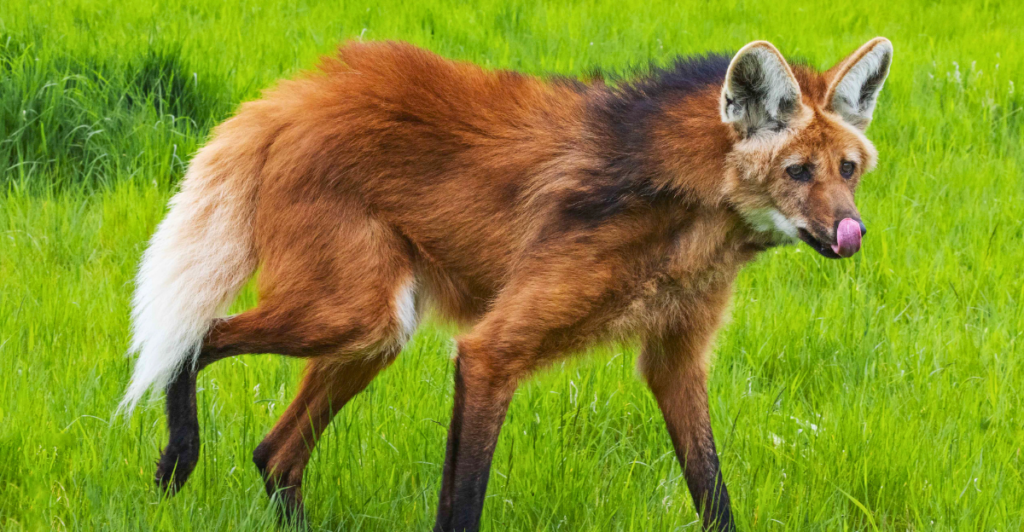
The maned wolf of South America looks more like a fox than a wolf. Its tall legs and reddish coat make it unique. Found in grasslands, it’s threatened by habitat loss, especially from agriculture. Conservation programs focus on preserving its shrinking habitat.
Asiatic Wild Dog (Dhole)
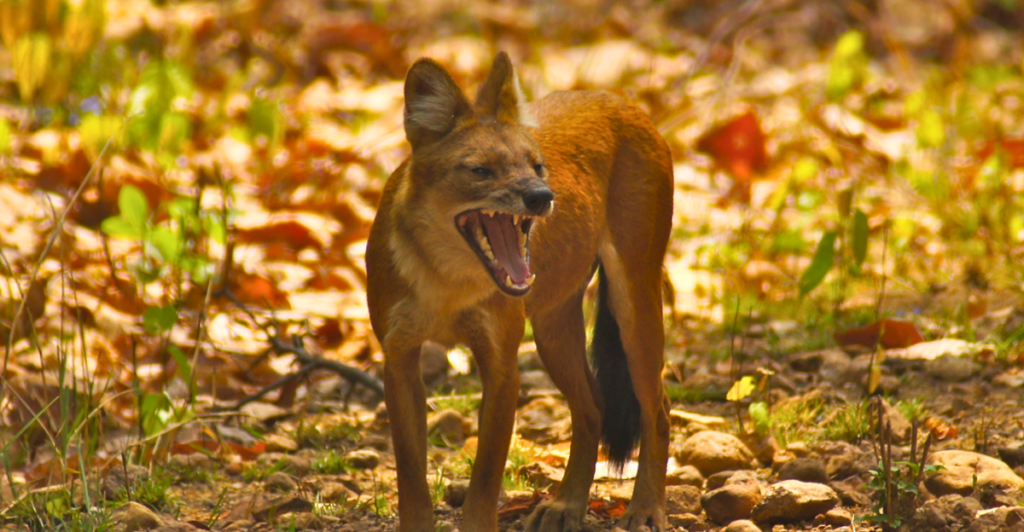
Also known as dholes, these social animals are found in South and Southeast Asia. Fewer than 2,500 remain due to habitat destruction, loss of prey, and diseases from domestic dogs. Efforts to protect their forest homes are critical for their survival.
Iberian Wolf

The Iberian wolf is native to Spain and Portugal. Conservation efforts have increased their population, but only about 2,500 remain. They face conflicts with farmers due to livestock predation. Striking a balance between protecting these wolves and addressing farmers’ concerns is essential.
Arctic Wolf

Found in the Arctic tundra, these wolves are highly adapted to cold conditions. Although not as endangered as others, climate change and melting ice threaten their habitat and prey availability. Protecting the Arctic environment is crucial for their long-term survival.
Tibetan Wolf
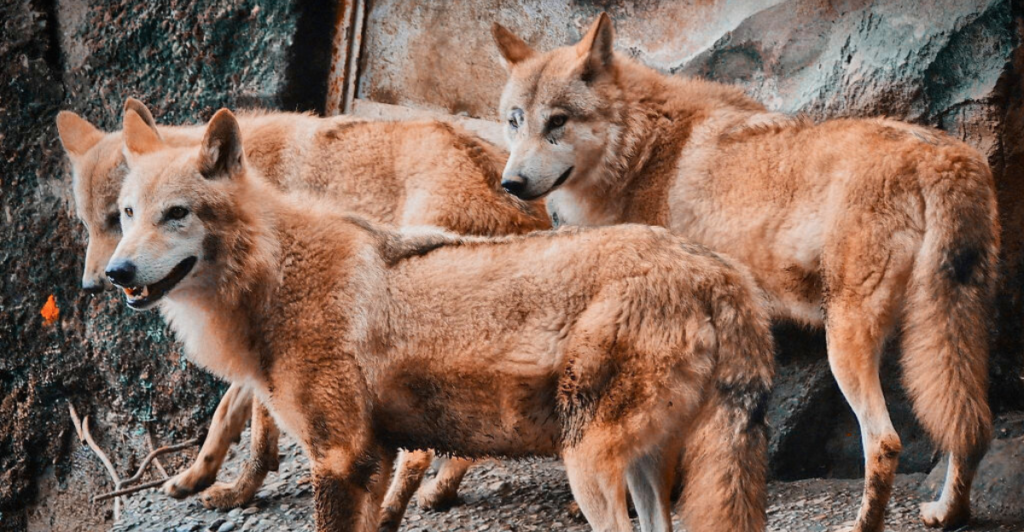
The Tibetan wolf is adapted to high-altitude regions in Asia, including Tibet and Ladakh. Habitat loss and human-wildlife conflict have reduced their numbers. Conservation efforts are limited because of the remote areas they inhabit, but they remain at risk.
African Golden Wolf
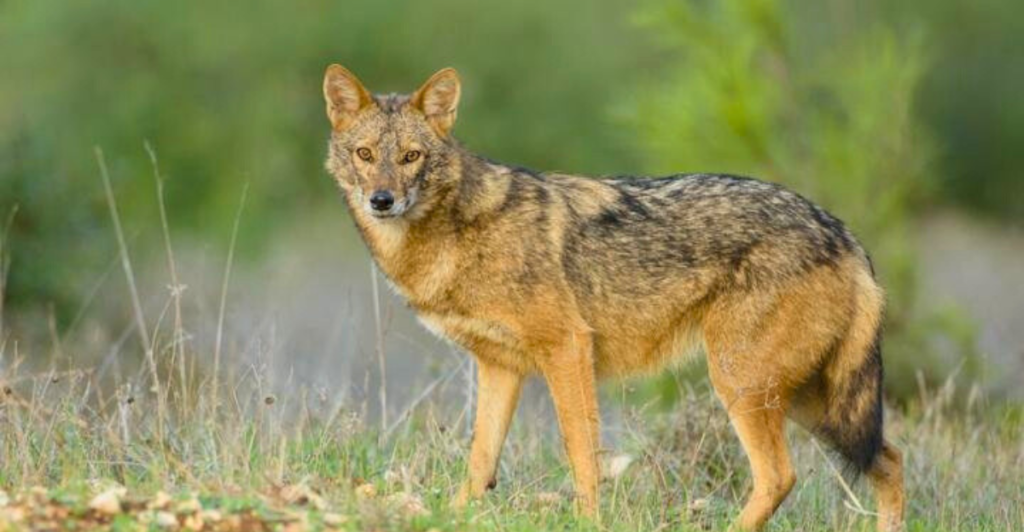
This wolf, native to northern and eastern Africa, is often confused with jackals. It faces threats from habitat loss, human expansion, and hunting. Understanding its role in ecosystems is key to creating better conservation plans for this overlooked species.
Northwestern Wolf

The Northwestern wolf, also called the Mackenzie Valley wolf, is found in Alaska and western Canada. Though larger in size, their populations are declining due to habitat destruction, human-wildlife conflicts, and reduced prey availability. Protecting their vast wilderness habitat is key to ensuring their survival in the wild.
Source:
Stay connected with us for more stories like this! Follow us to get the latest updates or hit the Follow button at the top of this article, and let us know what you think by leaving your feedback below. We’d love to hear from you!







